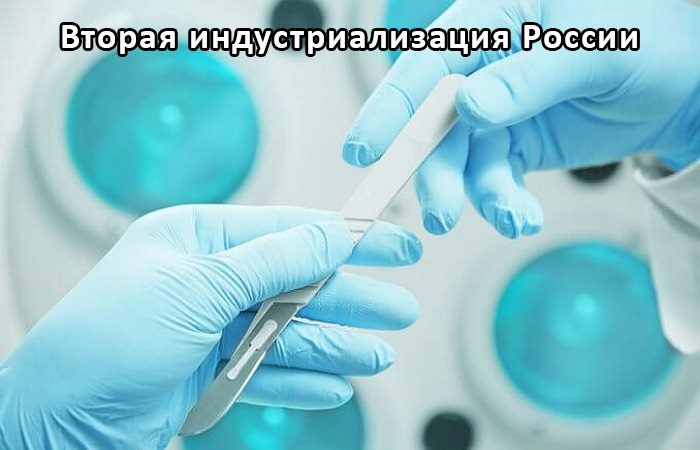Laser cleaning of metal and non-metallic surfaces from rust to buy the price of the surface apparatus, equipment, installation

Laser cleaning of metallic and non-metallic surfaces from rust and dirt.
Laser cleaning surface cleaning is that the powerful, short and quick laser beam produces a micro-bursts of plasma, which in turn creates shock and heat waves. Under the influence of laser beam materials from the surface evaporate, while not damaging the surface itself. The process of removal of material occurs due to thermal expansion (the effect of laser ablation).
Laser cleaning of metal from rust and other contaminants
The advantages of laser cleaning of metal and non-metallic materials
The use of laser cleaning of metal and non-metallic materials
Other types of cleaning materials: cryogenic cleaning
Laser cleaning of metal from rust and other contaminants:
Laser cleaning of metal surface and other materials is that powerful, short and quick laser beam produces a micro-bursts of plasma, which in turn creates shock and heat waves. Under the influence of laser beam materials from the surface evaporate, while not damaging or affecting the surface itself. The process of removal of material occurs due to thermal expansion (the effect of laser ablation).
In the system of laser cleaning no consumables, it is compact, durable and environmentally friendly.

Fig. 1. An example of laser cleaning of metal from rust (on the right)
Laser cleaning is well suited for selective purification, namely to minimize the risk of damaging the surface and to avoid the presence of residual chemical processes and substances after cleaning. In other words, the uniqueness of laser surface cleaning is that when deleting (removing) contaminated layer is not damaged the main part of the material of the product.
Technology laser cleaning based on pulsed laser radiation. The main parameters of the laser radiation affecting the efficiency of the cleaning process are the radiation power, pulse duration and wavelength of radiation. The power of laser radiation is selected so that it does not exert any influence on the surface of the material, but was sufficient for the formation of micro-bursts of plasma. The pulse duration is nano – and microseconds. It determines the depth of thermal influence of radiation. The wavelength of the laser radiation determines the depth of penetration of the radiation inside of polluting material, and is micrometers.
Using laser cleaning not only cleaned the surface of metals and their alloys, and other non-metallic materials: marble, granite, gypsum, concrete, etc. Laser cleaning allows you to remove from contaminated surfaces: rust, oxides, oil, mill scale, paint, soot, petroleum products, adhesive and electroplating, organic pollution, rubber, wire insulation, coatings, radioactive contamination, etc.
The use of laser in modern automated manufacturing systems (centers) allows you to automate the overall process and increase productivity. The modern power level of fiber emitters are able to provide industrial levels of high performance cleaning up to tens of square meters per hour at a low cost process.
The advantages of laser cleaning of metal and non-metallic materials:
– the possibility of selective (selective) processing. Removal of contaminants with minimal risk of damage to the metal
– avoidant behavior and the locality of impact
– no residual chemicals and processes
– handling process, by a simple adjustment of the radiation power, which can reduce or increase the intensity of cleaning the surface of materials,
– mobility, the ability to clean up objects in-place,
– safe for humans,
– no consumables
– environmentally friendly,
– is not formed waste. All contaminants simply evaporate and may be removed by the filtration system,
– the very laser light is directed and is safe for operating personnel,
– the quality of cleaning is not affected by the nature of the surface material roughness, different grooves, riffles, grooves, protrusions, and other elements
– the possibility of purification of complex-shaped parts: turbine blades, threaded parts, gears,etc.,
– no noise,
– the absence of any chemical solvents and also abrasive particles, which is characteristic for the chemical cleaning and sandblasting,
– quite small power consumption of equipment
– on the surface of the contaminated material (metal or other non-metallic material) is not under any mechanical, chemical or thermal influence.

The use of laser cleaning of metal and non-metallic materials:
– for cleaning metal and nonmetal surfaces from contamination such as oxides, oil, scale, paint, rust, soot, petroleum products, adhesive and electroplating, organic pollution, rubber, radioactive contamination, wire insulation and other coatings;
– surface preparation for electroplating, painting, welding, gluing, and cleaning the surface for restoration.
Other types of cleaning materials:
– cryogenic purification.
Note: © Photo ,


